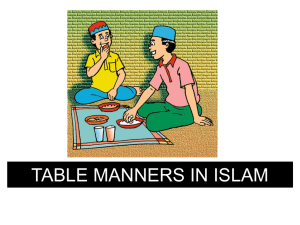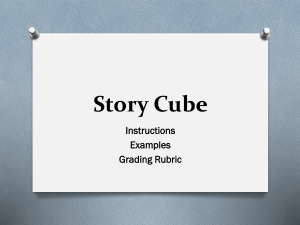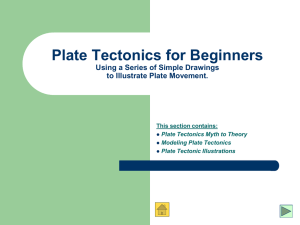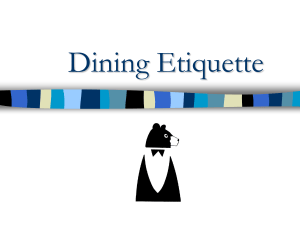View - MarciTackett.com
advertisement
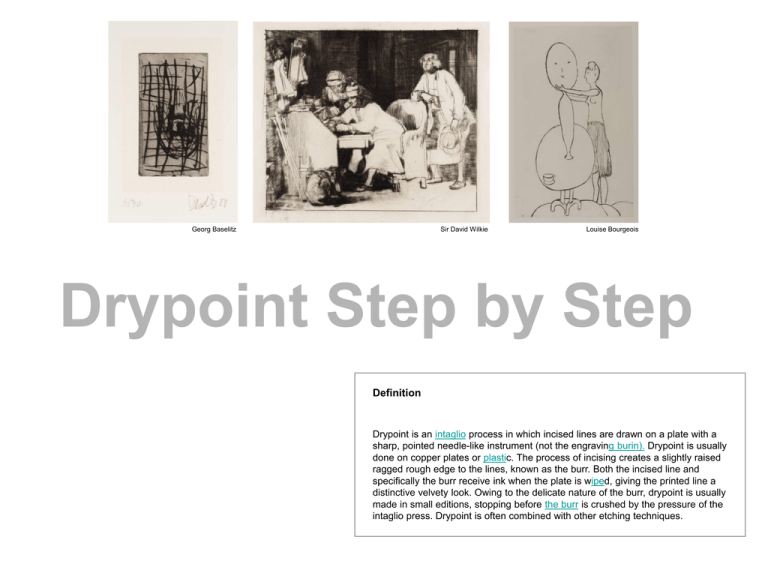
Georg Baselitz Sir David Wilkie Louise Bourgeois Drypoint Step by Step Definition Drypoint is an intaglio process in which incised lines are drawn on a plate with a sharp, pointed needle-like instrument (not the engraving burin). Drypoint is usually done on copper plates or plastic. The process of incising creates a slightly raised ragged rough edge to the lines, known as the burr. Both the incised line and specifically the burr receive ink when the plate is wiped, giving the printed line a distinctive velvety look. Owing to the delicate nature of the burr, drypoint is usually made in small editions, stopping before the burr is crushed by the pressure of the intaglio press. Drypoint is often combined with other etching techniques. Side view scratch on plate. Burr on either side. Black is ink sitting in incised scratch and catching on either side of burr. View of line with burr from above. Ink catching on burr to make a secondary mark. Close up of Drypoint Print. Fuzziness indicates ink catching on Burr. Characteristic Drypoint Look. 1. Mark your Plate You can make marks with a drypoint tool, scraper, sharpened nail, sand paper...anything that will scratch or abrade your plastic plate. You can either leave the burr on your plate or knock it off with your fingernail. The burr is the grainy bit of plastic that comes up when you scratch. Steps 2. Prepare Paper It’s easiest to determine your paper dimensions when your plate is clean. A. Determine the size of your paper by measuring your plate. Do you want a border or do you want your plate to come right to the edge of your paper (bleed print)? B. Rip your paper by pressing down on a straight edge and pulling upwards with your paper. Shortcut I use the grid lines on the green matt cutter to line my paper up so I don’t have to measure. 3. Prepare your Ink Tack Reducer for Oil based inks If you’re using Akua ink, just go for it. Nothing special to do. If you’re using oil based inks, add some tack reducer to them (1/4 of a pea sized dot for a 1/2 teaspoon of ink). You can mix colours together to make other colours. You can also use transparent base or white to lighten or make your ink more transparent. 4. Scrape the Ink on to your Plate Use a cardboard square to push ink into the scratches and scuffs on your plate. Use cardboard because it wont scratch your plate. Work from different directions and push firmly. If your cardboard folds, get a new one. Scrape excess off. 5. Polish your high, smooth surfaces with Phonebook Use one sheet of phonebook paper held flat against the plate surface. Hold on to the plate with a scrap of phonebook paper so your fingerprints won’t show. For cleaning fussy bits, use a cotton bud. 6. Gently Buff the Ink off your Plate and on to Phonebook Gentle is the key word. If you rub you’ll pull the ink out of the scratches and abrasions. Light touch. You can print your plate with several colours. Protect one colour with a stencil mask and wipe the other colour. Switch. Or take a cotton bud and carefully push each different colour into area that you want. This is called a la poupée. Note: colours will always blend together a bit. 7. Get Fancy. Print with more than one Colour. Dirty Area Clean Area 8. Prepare the Press On the table next to the press, set your plate down in the area labeled ‘Dirty.’ Set your paper down in the area labeled ‘Clean.’ Adjust the press pressure. Turn both adjustment knobs to make them feel the same and rotate equally until the press is pretty tight. You’ll get the feel of it. 9. Print Plate down Paper on Top Newsprint over Paper (to protect the blanket) You’ll be tempted the print PAPER down first then plate on top. This doesn’t give you as good a print. Having the paper between the plate and the the blanket allows the flexibility of the blanket to push the paper into the incised lines of the plate and pick up more ink. Think it through. It makes sense. Roll the wheel and keep your face away from the handles. Feel for a slight increase in pressure when you come up on the plate. Also, you should feel a little jump when the press rolls off of the plate. This is good pressure. Check the newsprint for an equal embossing on all sides. This will tell you if the pressure is the same on both sides of the press. Too much pressure can rip your paper. Too little won’t give you a nice impression. 10. Have a Look Take a look at your print. Notice whether all the lines and marks have printed. If they haven’t you’ll need to determine why. Possible reasons: 1. Too vigorous a wipe (too much ink removed) 2. Too much tack reducer in ink 3. Marks not deep or wide enough to hold ink 4. Not enough press pressure 5. Paper not absorbent enough 6. Other mysterious reasons I’ll have to admit that my print doesn’t look fantastic. The green is nice and dark but the brown is light. Next time I print I’m going to wipe less vigorously. There’s a lot of trial and error in Printmaking. The best thing you can do is pay attention along the way. 11. Clean the Press Bed Use meths. Leave it nice for the next person. 12. Clean your Plate Using Akua inks? Put down some dish soap and scrub your plate with a toothbrush. Rinse with water. Using oil based inks? Use a toothbrush and some canola oil. Wipe it with a rag then degrease with dish soap and rinse. If you’re going to ink up and print again right away you don’t have to clean your plate. 13. Clean your Area Use razor blade scraper to scrape up extra ink. Wipe on to phonebook paper. Wipe up left overs with a rag and a little oil. Degrease ink slab with dish soap and water or Spray Cleaner. Sweet! You’ve done it.



